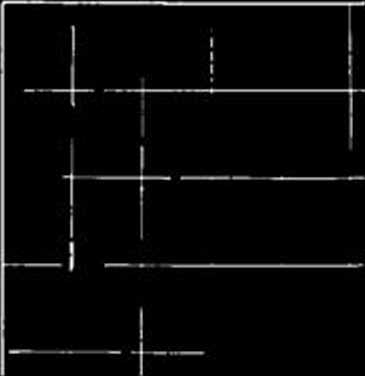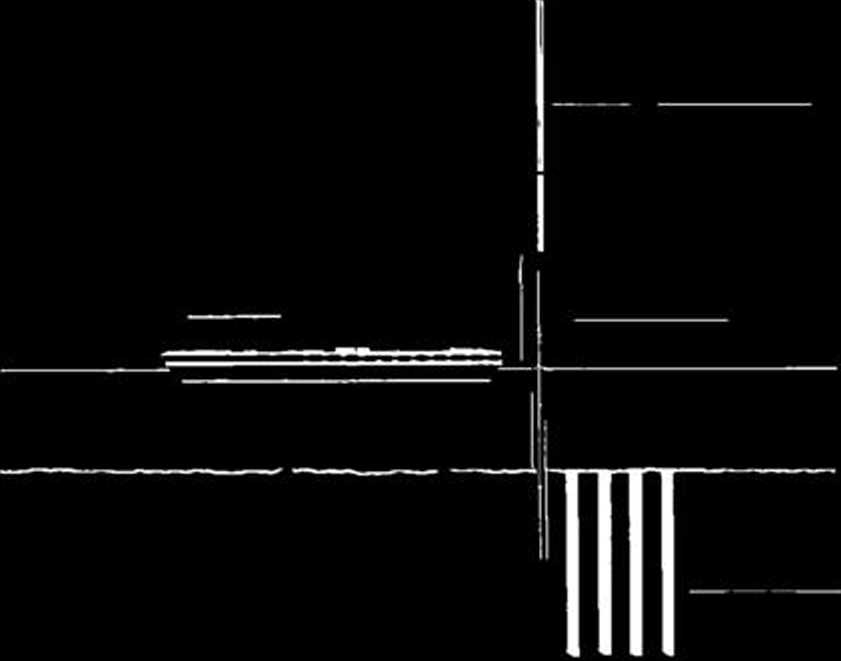2510109544
Fig. 10 Maximum bending moments in a sunken tunnel during an earthquake (courtesy of Taisei Construction Co.)

EFFECT ON A SANDY FOUNDATION SOIL
Fig. 11 Installation of a sand compaction pile (courtesy of Fudo Construction Co.)
Cardboard drains were brought from Sweden in 1964. Morę than a dozen large drivers were manufactured here for installation of cardboard drains and first used in the Seto Inland Sea area. In the Bay of Hiroshima a factory was built on the reclaimed land stabilized by cardboard drains. The improved land was 39 hectares where about 160,000 wicks to a depth of 20 meters and 50,000 wicks to 12 meters in depth were installed.
Piles madę of limę are increasingly being used here to stabilize weak clay foundations. Also, a research program has been carried out by the Port and Harbor Research Institute, the Ministry of Transport, to reinforce soft foundation soils by mixing limę and cement

Fig. 12 Deep Cement Mixing method (courtesy of Takenaka Construction Co.)
with the in-situ soils. Fig. 12 shows one of such stabilization measures in actual use, in which a cement stabilizer is being mixed with the in-situ soil in a drilled hole. The mixing machinę, mounted on a large barge, is capable of improving soft strata to a depth of 20 to 60 meters.
Cement, water glass, and organie Chemicals have been used for grouting to stabilize weak foundation soils. Several years ago, there was an unfortunate incident; some grouted Chemical polluted well water. Since then, the Government has forbidden the use of Chemicals other than cement and water glass.
In order to make the grouting morę effective, a special equipment has been developed that ejects high-pressure water jet mixed with air first. This produces cracks and voids in the soil into which a grout agent is injected sub-sequently. This method makes it possible to construct walls and columns in the soft foundation soil by grouting.
Volcanic ashes consist of materials erupted by volcanoes. In the Southern part of Kyushu, there is a wide distribution of Shirasu con-sisting of a volcanic ash. When the surface soil covering Shirasu is removed for a housing development project, for instance, a downpour of rain easily erodes Shirasu slopes. Last year a heavy rain caused a large slide in the Shirasu area, 70 meters high and 40 meters wide. The slided materials overran the slope toe some 40 meters claiming nine fatalities.
It used to be considered that as long as the cut was perpendicular, the Shirasu slopes would be safe. Large-scale field studies conducted in connection with road construction have shown, however, that a 1 on 1 slope for cuts and a 1 on 1.8 slope for fills are the most satisfactory.
Wyszukiwarka
Podobne podstrony:
00280 ?50e49716bf91ec4f5cc241ba142d24 282 Montgomery & Runger Statistica! Inference in tbe Rand
Download Szesc barw grozy PDF eBooks Free actually a helping hand in the reformation, I recovered an
Fig. 5 Diaphragm wali construction by the SSS method (courtesy of Shimizu Construction Co.) Fig
Fig. 7 "Steel Pipę Roof" method to construct a subway station (courtesy of Hazama Construc
10 L. Starkel Fig. 3. Areas investigated and surveyed in the project MR 1 — 25: 1 — paleogeographic
klsti372 po!e. Macedonja.6 ^mu^Tofij a! t ffim ŚTfl uT°* i 10, 2. wg Peasant Art in Russia, r. 1912
Fig. 10 Hall in thc Bergell Valley during the Four Days’ Tour Through Switzerland Halle dans la vall
10.00-12.15 Discussion on: Earth pressure, retaining walls, tunnels and shafts in soils, preceded by
19 Icon Painting in the Ukrainę 23 Fig. 10. Ivan Rutkovich, The Last Supper, icon, National Mus
DSC07912 I Fig. 10. Depositional sequence of a dejection cone in National Naturę Reserve near Velka
DSC07975 B D Fig. 10. Podgrodzie sitc profile. Explanations as in Figurę 5
essent?rving?15 Fig 10.16 The smali beech bowl being held in a caruers chops with a bar across its m
image038 a Fig 10 Idea of the “World tree" as the “World axis" implemented m settlements o
więcej podobnych podstron